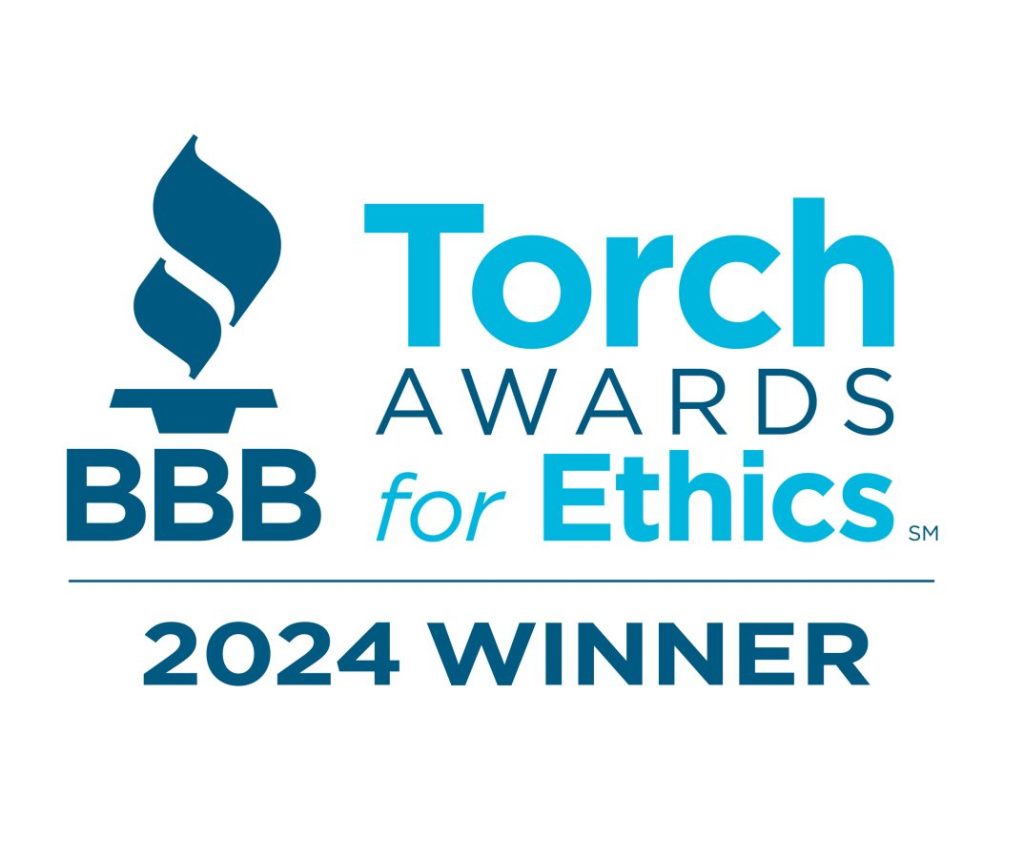While you’re enjoying the firm pack of the snow to build the perfect snowman or igloo, that snow could be drifting against your house, blocking vents and pipes. Residents with high-efficiency furnaces should make sure their fresh air intake and exhaust pipes are free of snow. All residents should check their dryer vent as well. Check for white plastic pipes that come out of the side of your home, or a white rectangular box for dryer vents.
If your house is heated with oil or gas, your system is built with an exhaust pipe. Newer homes often place these pipes through an exterior wall through the sill where snow can easily build up. If you’re unsure about where your system vents, check your furnace. If it vents through a chimney, an aluminum pipe will come off the back of the system. Newer systems utilize PVC pipes coming from the top. Follow the pipes and it will lead you to the exit point.
So why are blocked pipes a problem? Firstly, a blocked intake pipe or exhaust vent could result in carbon monoxide poisoning.
Carbon monoxide, also known as CO, is called the “invisible killer” because it’s a colorless, odorless, and poisonous gas. More than 150 people in the U.S. die every year from accidental CO poisoning from generators or fuel-burning appliances such as furnaces, stoves, water heaters and fireplaces. Breathing CO at high levels can kill you.
Make sure you have carbon monoxide alarms inside your home to provide an early warning of increasing CO levels. These alarms should be placed in a central location outside each sleeping area and on every level of your home. If the alarm goes off, or you think you may have CO in your home, get fresh air immediately. Open doors and windows, turn off gas appliances and leave the house. Don’t forget the pets! Seek medical treatment then call the Poison Control Helpline at 1-800-222-1222.
Secondly, if your system is newer, a built-in shut off safety switch will disable the furnace. No heat will be provided in the home until the blockage is removed. The last time you want to be troubleshooting your furnace is in the middle of a heavy snowstorm.
It takes only a second to check these vents. Think of it when you go to the mailbox. It could mean the difference between a night spent at the hospital or a cozy night inside with a (well ventilated) fireplace!



